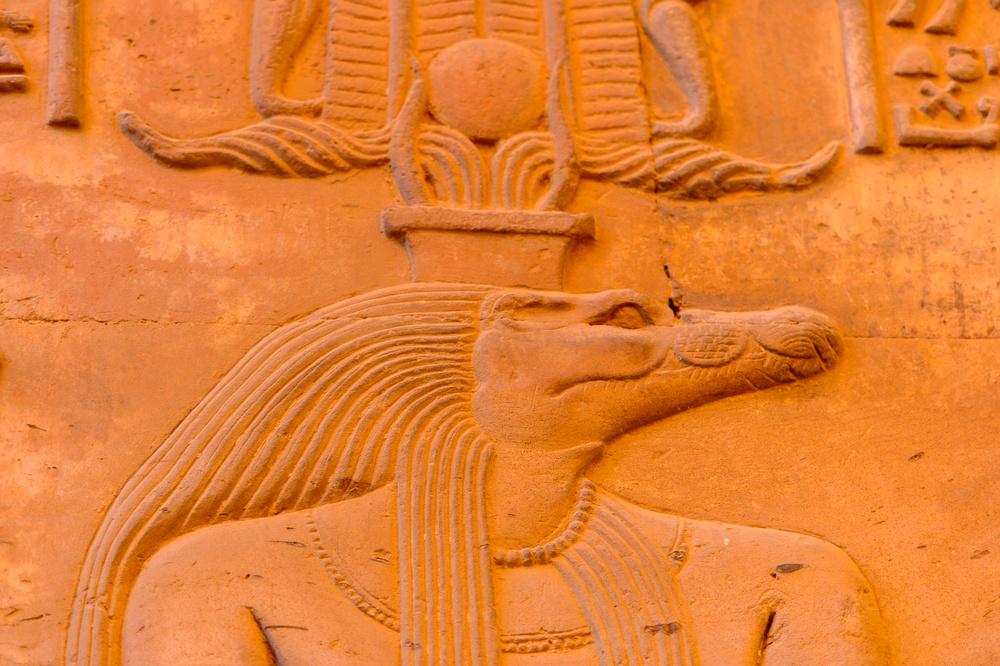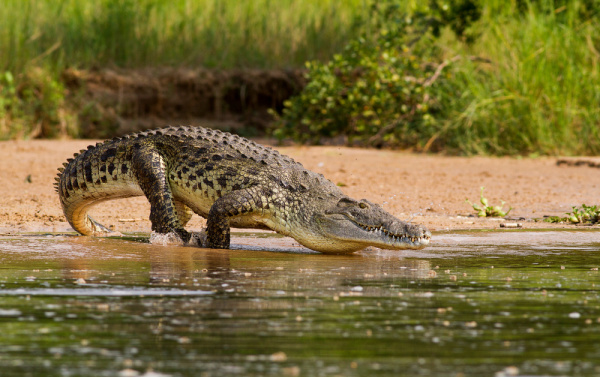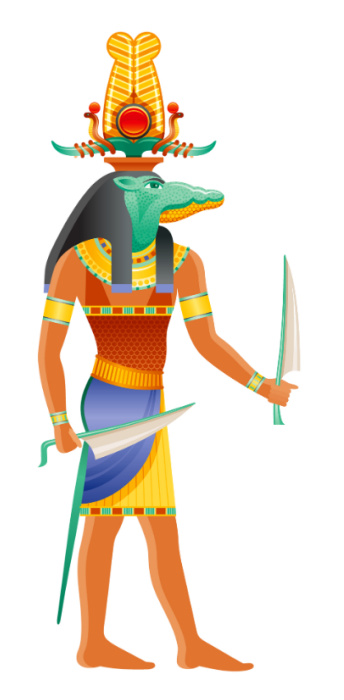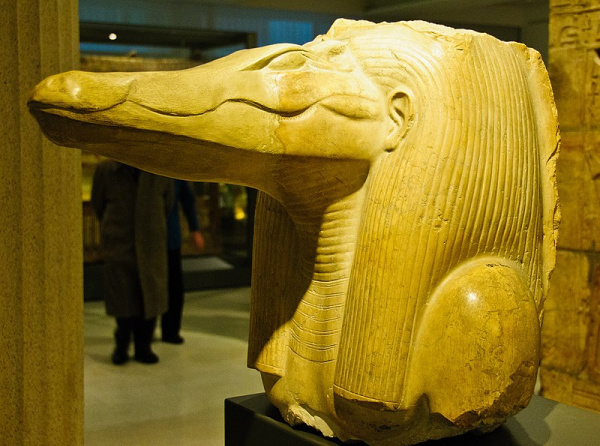Sobek, the Egyptian god of the Nile
Sobek, the Egyptian god of the Nile
Sobek, the Egyptian god of the Nile
-
Hannah
-
Hannah

Sobek, Temple of Kom Ombo (source)
In ancient times, the Nile was the source of all life in Egypt. In a land of deserts, the people lived along the banks of the river: it provided water for both people and livestock to drink; it was home to fish that could be caught and eaten; its annual flooding made the earth around it rich and fertile for the growing of crops. As the Greek historian Herodotus wrote, ‘Egypt was the gift of the Nile’: without this mighty river, there would have been no civilisation. The Nile was, as I write in my novel Song of the Nile, the ‘Father of All Life’.
With the river being such a fundamental foundation for life in Egypt, it was naturally a key aspect in religion. Several deities were associated with the Nile; Hapi, for example, was the god of the annual floods. But one that became a major god in the pantheon of more than two thousand deities was Sobek, the crocodile god.
The Nile was the source of life, but it could also be a source of death: in ancient times, collecting water from the river may have brought you into contact with a fearsome beast. The Nile crocodile is huge and very aggressive. It is a clever predator, lying in wait in order to ambush its prey. It is absolutely deadly; the very look of it sends a shiver down my spine.

The Nile crocodile (source)
The ancient Egyptians imbued their god Sobek with all the qualities of the crocodile. He was the god of pharaonic power and military prowess. He could provide great protection to the people (just as a mother crocodile will protect her eggs and young), and he was a god of fertility as well.

Sobek as depicted in art with the atef crown (source)
We know from the Pyramid Texts that Sobek was worshipped from the early days of the Old Kingdom (3rd to 6th dynasties). But it was during the Middle Kingdom period that he became a more popular god. The 12th-dynasty pharaoh Amenemhat III put much energy into building the city of Faiyum, which became the centre of the cult of Sobek and would become known as Crocodilopolis or Crocodile City.

Statue of Sobek from Amenemhat III’s mortuary temple, Faiyum (source)
Through the centuries the cult endured. In the New Kingdom, Thutmose III of the 18th dynasty built a temple devoted to Sobek at Kom Ombo.

Sobek at the Temple of Kom Ombo (source)
The cult of Sobek made the crocodile a sacred creature. Priests at the temples for Sobek would keep a live crocodile which they believed was an incarnation of the god himself. The creatures were well cared for – fed better than many people of the time, in fact – and were mummified upon death; excavations in modern times have uncovered graveyards of these mummified crocodiles.

Mummified crocodiles at the Crocodile Museum near the Temple of Kom Ombo (source)
In Egyptian mythology the depiction and role of a deity often changed over time, and so it was for Sobek. In the Middle Kingdom Sobek was made into a solar deity and fused with the sun god, Ra, as Sobek-Ra. This made him a creator god – even more powerful and important than before; it was believed that he had risen from the primeval waters, Nun, and that his sweat formed the Nile. Sobek was also merged with Horus, the god of the sky, kingship and order, to become Sobek-Horus. This brought him much closer to the pharaoh, who was the incarnation of Horus.
Throughout the Ancient Egyptian era Sobek remained a very powerful and fierce god. Initially, he may well have been a god to fear, one that must be appeased. Over time, however, people began to believe that he would use his power to protect them and their king if they worshipped him and brought him offerings. Still, one can’t help but think that Sobek must have stirred a great deal of fear in his worshippers, particularly those tasked with caring for his earthly incarnations in temples!